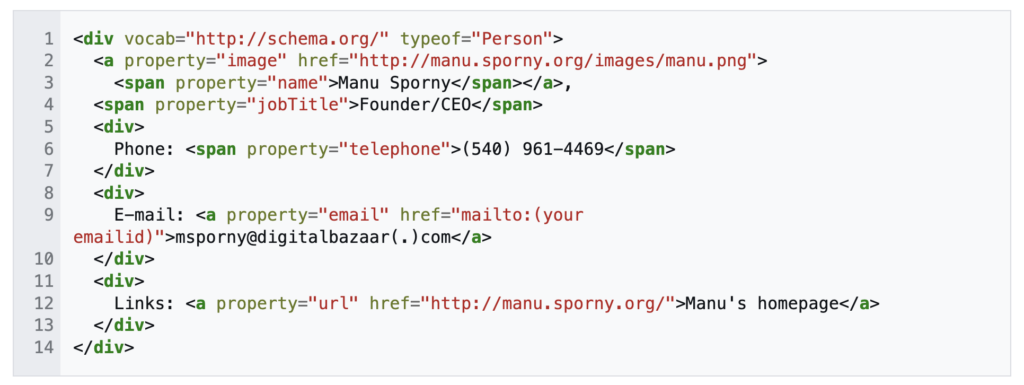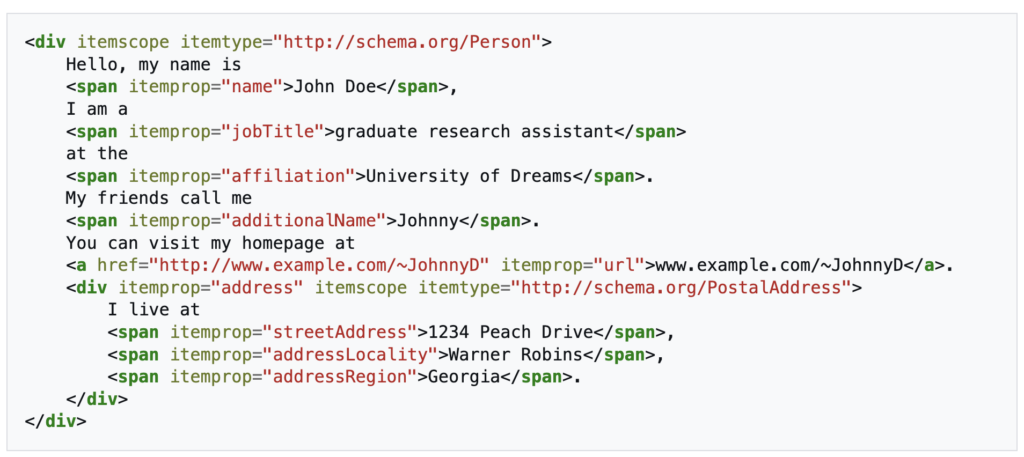How Does Structured Data Enhance SEO Visibility and Click-Through Rates?

SEO is constantly evolving. Every year, Google rolls out multiple updates to its search algorithm, which changes how people play the game. Hence, there is always something new that you can do.
Today, we will talk about structured data and its role in SEO. Structured data is not exactly new. It has been around since 2011. However, since then, new technologies to create structured data have emerged.
Structured data is essentially some code that you add to your website. This code can be crawled and provides a number of benefits for SEO.
This article will discuss how structured data can help with SEO. We will also check out different types of structured data and their unique advantages.
How Does Structured Data Help with SEO
Some core benefits of using structured data are given below.
Improved Crawling
Structured data tells the search engine what your web page is about. It tells it what kind of information is presented on the web page. This information helps the crawlers better understand the web page’s intent.
Therefore, they know how to index the page, i.e., show it to the relevant search queries.
According to SEO experts, this is good for the following reasons.
- Your web page bounce rate will reduce drastically. If the web page only shows up for relevant search queries, then it is more likely that a visitor will not bounce.
- Your web page dwell time increases. Naturally, a visitor who does not bounce will spend time on the web page. The longer they spend, the better it looks for your SEO.
With a reduced bounce rate and improved dwell time, Google will naturally conclude that your web page content is highly engaging and relevant. Thus, it will improve the SERP ranking of that page.
Increased Chances of SERP Appearance
The point of doing SEO is to make sure that your website appears in the search engine results pages. However, not all SERP appearances are equal.
Results appearing on the first page are far superior to those on the second and third pages. Then, even on the first page, the results near the top are far better than the ones on the bottom.
And do you know what is even better than the top results? Feature snippets and knowledge panels.
Adding structured data to your web page code raises the chances of your web page content being presented as a featured snippet or a knowledge panel.
A study has shown that featured snippets get 35.1% of all clicks on Google SERPs. That is a massive figure. So, use structured data on your website to get a slice of that pie.
Enhances Click-Through Rate
Since search engines like structured content and deem it authoritative, using structured data can help your website appear higher in the SERPs.
We previously discussed that structured data also helps to make your content appear in the knowledge panel or a snippet, which leads to more clicks.
For example, the knowledge panel or the snippet may show additional information if you’re running a blog about cooking recipes. This can include stuff like the cooking time of your recipe and its rating.
The additional information can help people decide quicker and click on your recipe. For example, someone looking for a quick dish will naturally prefer a recipe with a shorter cooking time. In this way, you can get more clicks.
Types of Structured Data
Now, let’s look at the various structured data types used today.
JSON-LD
First on the list is JSON-LD. This is a relatively modern type of structured data. JSON-LD stands for Java Script Notation Object for Linked Data.
The advantage of JSON-LD is that it can be added to any webpage retroactively without changing the existing code. That’s because JSON-LD can be added to the website code using a separate file or pasted anywhere in the code if that’s what you like.
Here is what a JSON-LD file looks like:
{
"@context": {
"name": "http://xmlns.com/foaf/0.1/name",
"homepage": {
"@id": "http://xmlns.com/foaf/0.1/workplaceHomepage",
"@type": "@id"
},
"Person": "http://xmlns.com/foaf/0.1/Person"
},
"@id": "https://me.example.com",
"@type": "Person",
"name": "John Smith",
"homepage": "https://www.example.com/"
}
The image describes a “Person” (John Smith), and this information can be used to populate a knowledge panel about said “Person.”
As you can see, the most noticeable aspect of JSON-LD is that it is human-readable. This makes it easy to create. It is also the preferred format for Google, so using JSON-LD can get you better rankings on Google SERPs.
JSON-LD files can be easily created with the help of the schema markup generator tool. That tool provides different schema markups in JSON-LD. For example, the above-given sample JSON-LD file can be created using the “Person” schema in a markup generator.
The user only needs to enter the data in the required fields, and the markup generator will create the JSON-LD. You can copy this JSON-LD and paste it into your HTML.
The only problem with JSON-LD is that it is used for a snippet or knowledge panel. As such, it cannot pull data from the rest of the page. All the information needs to be provided in the JSON-LD file itself.
RDFa
RDFa is another format for creating structured data in XML and HTML. It stands for “Resource Description Framework in Attributes”
It is much more complex than JSON-LD because it can link different pieces of structured data from multiple sources.
This is extremely useful for websites that deal with complex topics. Using an RDFa data structure can help search engines understand that content better.
This improves the chances of SERP appearances and featuring in snippets or knowledge panels. Here’s an image of an RDFa file. RDFa has immense flexibility and can be added retroactively using HTML elements.
RDFa has immense flexibility and can be added retroactively using HTML elements.
Microdata
Microdata is another method of adding structured data to your webpage. Microdata is a semantic markup language that provides machine-readable information about web documents.
Microdata is added using HTML elements and tags. It has one benefit over JSON-LD: It can be added to a webpage without affecting its SERP performance.
Microdata does not have a set vocabulary, and developers are free to create and use their own vocabulary. However, organizations like “Schema.org” have established some common vocabulary that anyone can use.
Here’s what a typical microdata code looks like using Schema.org vocabulary.
 Which structured data type you should use depends on your use case and expertise. Here, you have learned about the basics of the different structured data types, so you should be able to make an informed decision.
Which structured data type you should use depends on your use case and expertise. Here, you have learned about the basics of the different structured data types, so you should be able to make an informed decision.
Conclusion
So, there you have it: structured data’s role in SEO. With structured data, web developers can provide additional context about their content to search engines. This gives search engines a better idea of the content and enables them to match it with the right searches. This results in better SEO and SERP ranking.
